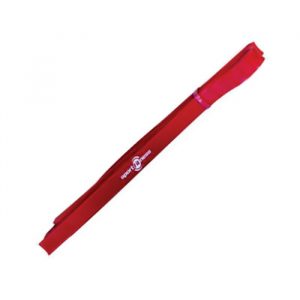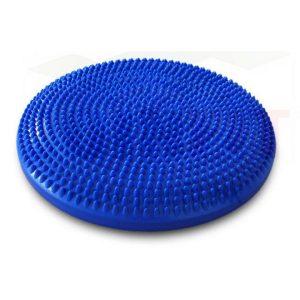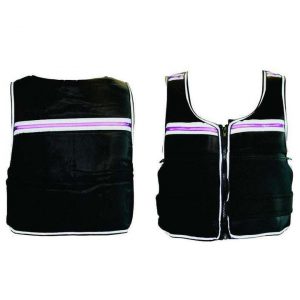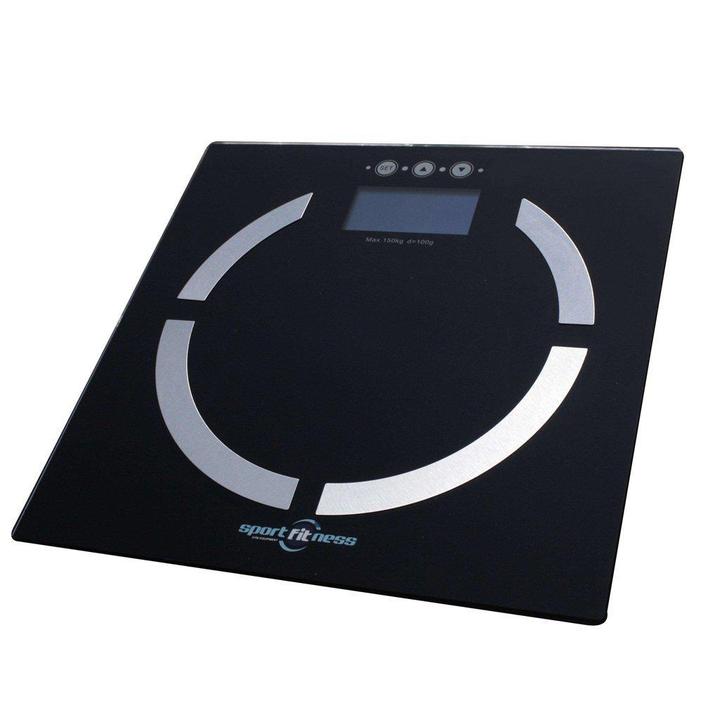Características del Producto
| Peso | 1 kg |
|---|---|
| Dimensiones | 31 × 31 × 3 cm |
$85.085 Original price was: $85.085.$68.068Current price is: $68.068. IVA
Lleva un seguimiento con la Báscula electrónica con sensores de precisión de peso, Indicador de masa corporal. Plataforma en vidrio templado
| Peso | 1 kg |
|---|---|
| Dimensiones | 31 × 31 × 3 cm |
Descripción:
Uso: Domestico e institucional.
Es fácil de utilizar y programar. Es liviana y no ocupa espacio.




Debes acceder para publicar una reseña.


Daniela Mejia Saavedra –
Hoy compré esta báscula y no me funcionan los botones SET ni las flechas, como hago para solicitar el cambio?
Paola –
Hola, Para solicitar una garantía debes conocer nuestras políticas de garantía en el siguiente link https://tienda-sportfitness.com/garantias/ Si cumples con nuestras políticas diligencia el modulo de garantías haciendo clic aquí. https://tienda-sportfitness.com/modulo-garantias/
Milena Vargas (propietario verificado) –
Es fácil de utilizar y programar. Es liviana y no ocupa espacio.